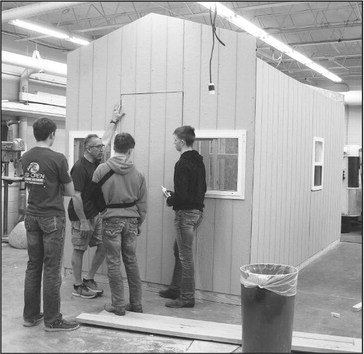Loyal Tech Ed classes learn skills from projects for the community


The proverb, “Give a man a fish and you feed him for a day. Teach a man to fish and you feed him for a lifetime,” is one that could be easily used to describe the teaching meth...
